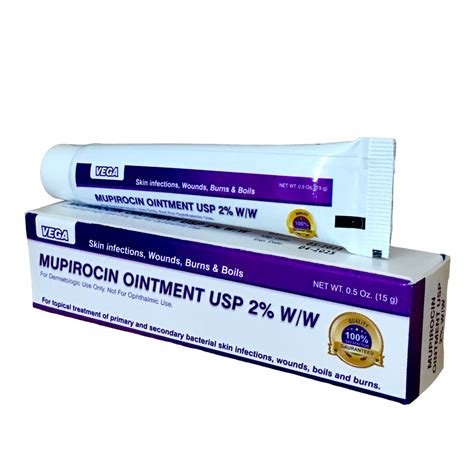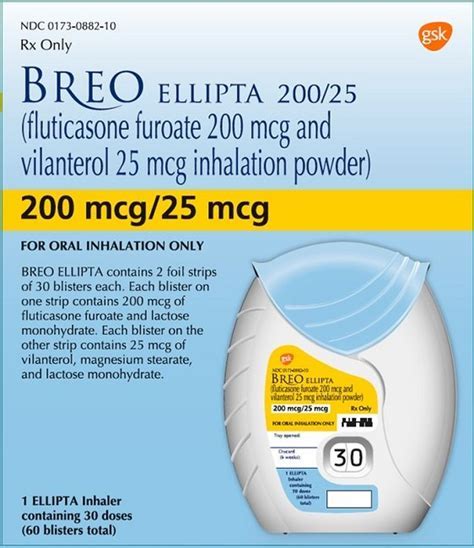Intro
Discover what Mupirocin is, a topical antibiotic ointment treating bacterial skin infections, impetigo, and MRSA, with its uses, side effects, and applications in dermatology and wound care, effectively combating resistant bacteria and promoting skin health.
Mupirocin is a topical antibiotic that has been widely used for decades to treat various bacterial skin infections. The importance of mupirocin lies in its effectiveness against a broad range of bacteria, including methicillin-resistant Staphylococcus aureus (MRSA), which is a significant concern in both healthcare settings and the community. Understanding mupirocin's mechanism of action, its benefits, and how it is used is crucial for healthcare professionals and patients alike. This knowledge can help in the appropriate use of mupirocin, reducing the risk of antibiotic resistance, and ensuring the best possible outcomes for patients with bacterial skin infections.
The use of antibiotics like mupirocin has become increasingly critical as the world faces a growing challenge from antibiotic-resistant bacteria. Mupirocin's role in treating skin infections, from minor cuts and scrapes to more severe conditions like impetigo and folliculitis, makes it a valuable tool in the fight against bacterial infections. Moreover, its application is not limited to treating existing infections; mupirocin is also used to prevent infections in patients undergoing surgery or in those with compromised skin integrity. This dual role underscores the significance of mupirocin in both therapeutic and prophylactic settings.
Mupirocin's effectiveness and the simplicity of its application have made it a preferred choice for many patients and healthcare providers. However, like all antibiotics, its use must be judicious and guided by a thorough understanding of its indications, contraindications, and potential side effects. As the medical community continues to navigate the complexities of antibiotic use and resistance, mupirocin remains a vital component of the antimicrobial arsenal, offering a reliable and efficient means of managing bacterial skin infections.
Introduction to Mupirocin

Mupirocin is a bacteriostatic antibiotic that works by inhibiting bacterial RNA synthesis. It is particularly effective against gram-positive bacteria, including Staphylococcus aureus and Streptococcus pyogenes, which are common causes of skin infections. The drug is available in two main formulations: a 2% topical ointment and a 2% nasal ointment. The topical formulation is used for skin infections, while the nasal formulation is primarily used to eradicate MRSA colonization in the nostrils.
Benefits of Mupirocin
The benefits of mupirocin are multifaceted. Firstly, its broad-spectrum activity against gram-positive bacteria, including resistant strains like MRSA, makes it a valuable option for treating complex skin infections. Secondly, mupirocin has a low risk of systemic side effects due to its topical application, which minimizes the risk of adverse effects compared to systemic antibiotics. Finally, the ease of application and the relatively short treatment duration contribute to high patient compliance, which is crucial for the successful management of bacterial infections.Mechanism of Action

Mupirocin's mechanism of action involves the inhibition of bacterial RNA synthesis. It does so by binding to the bacterial isoleucyl-tRNA synthetase, an enzyme crucial for the incorporation of the amino acid isoleucine into proteins. By inhibiting this enzyme, mupirocin effectively stops the production of essential proteins in bacteria, leading to their death or inhibition of growth. This unique mechanism of action is distinct from other antibiotics, which contributes to its effectiveness against bacteria that are resistant to other types of antibiotics.
Indications and Usage
Mupirocin is indicated for the treatment of secondarily infected traumatic skin lesions (up to 10 cm in length or 100 cm² in area) due to susceptible strains of Staphylococcus aureus and Streptococcus pyogenes. It is also used for the treatment of impetigo due to susceptible strains of S. aureus and S. pyogenes. The nasal formulation is used for the eradication of nasal colonization with MRSA.Side Effects and Contraindications

While mupirocin is generally well-tolerated, it can cause side effects, including local irritation, such as burning, stinging, or itching at the site of application. Less common side effects include allergic reactions, such as contact dermatitis. Mupirocin is contraindicated in patients with known hypersensitivity to mupirocin or any of the components of the formulation.
Resistance and Usage Guidelines
The emergence of resistance to mupirocin, particularly high-level resistance, is a concern. To minimize the risk of resistance, mupirocin should be used judiciously and in accordance with local resistance patterns. The use of mupirocin for prolonged periods or for inappropriate indications can contribute to the development of resistance. Healthcare providers should adhere to guidelines for the use of mupirocin and monitor for signs of resistance.Practical Applications and Examples

In clinical practice, mupirocin is applied topically to the affected area, usually two to three times a day, for a duration that depends on the severity and type of infection. For example, in the treatment of impetigo, mupirocin ointment may be applied three times a day for 8 to 10 days. The simplicity of application and the relatively short treatment courses make mupirocin a convenient option for patients.
Statistical Data and Studies
Numerous studies have demonstrated the efficacy of mupirocin in treating bacterial skin infections. For instance, a study comparing mupirocin with oral antibiotics for the treatment of impetigo found that mupirocin was as effective as, if not superior to, systemic antibiotics in achieving clinical cure. Such data support the use of mupirocin as a first-line treatment for appropriate skin infections.Conclusion and Future Perspectives

In conclusion, mupirocin is a valuable antibiotic for the treatment of bacterial skin infections, offering a broad spectrum of activity, ease of use, and a favorable safety profile. As the medical community continues to navigate the challenges of antibiotic resistance, the judicious use of mupirocin, along with other antibiotics, will be crucial in managing bacterial infections effectively. Future perspectives on mupirocin use include continued surveillance for resistance patterns, development of new formulations, and exploration of its potential in preventing infections in high-risk populations.
What is mupirocin used for?
+Mupirocin is used to treat bacterial skin infections, including impetigo, folliculitis, and secondarily infected traumatic skin lesions, due to susceptible strains of Staphylococcus aureus and Streptococcus pyogenes.
How does mupirocin work?
+Mupirocin works by inhibiting bacterial RNA synthesis, thereby preventing the bacteria from producing essential proteins and leading to their death or inhibition of growth.
What are the common side effects of mupirocin?
+Common side effects of mupirocin include local irritation, such as burning, stinging, or itching at the site of application. Less common side effects include allergic reactions, such as contact dermatitis.
We invite readers to share their thoughts and experiences with mupirocin, either by commenting below or by sharing this article with others who may benefit from the information. Your engagement and feedback are invaluable in creating a community that supports informed healthcare practices and responsible antibiotic use.
